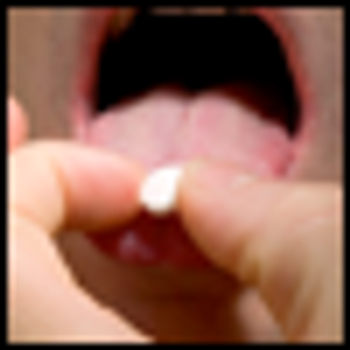The prevalence of depression in children and adolescents ranges from 2% to 8% in the general population, which indicates that depression in this population is a major public health concern.1-3 This is especially apparent when rates of depression are compared with other serious medical conditions in childhood, such as diabetes, which has a prevalence of 0.18%.4 The burden of depressive illness-including significant functional impairment in interpersonal relationships, school, and work-on the developing child has been well documented. Affected youths are frequently involved in the juvenile justice system.5-8 Furthermore, adolescents with depression are at increased risk for substance abuse, recurrent depression in adulthood, and attempted or completed suicide.3,9-15














